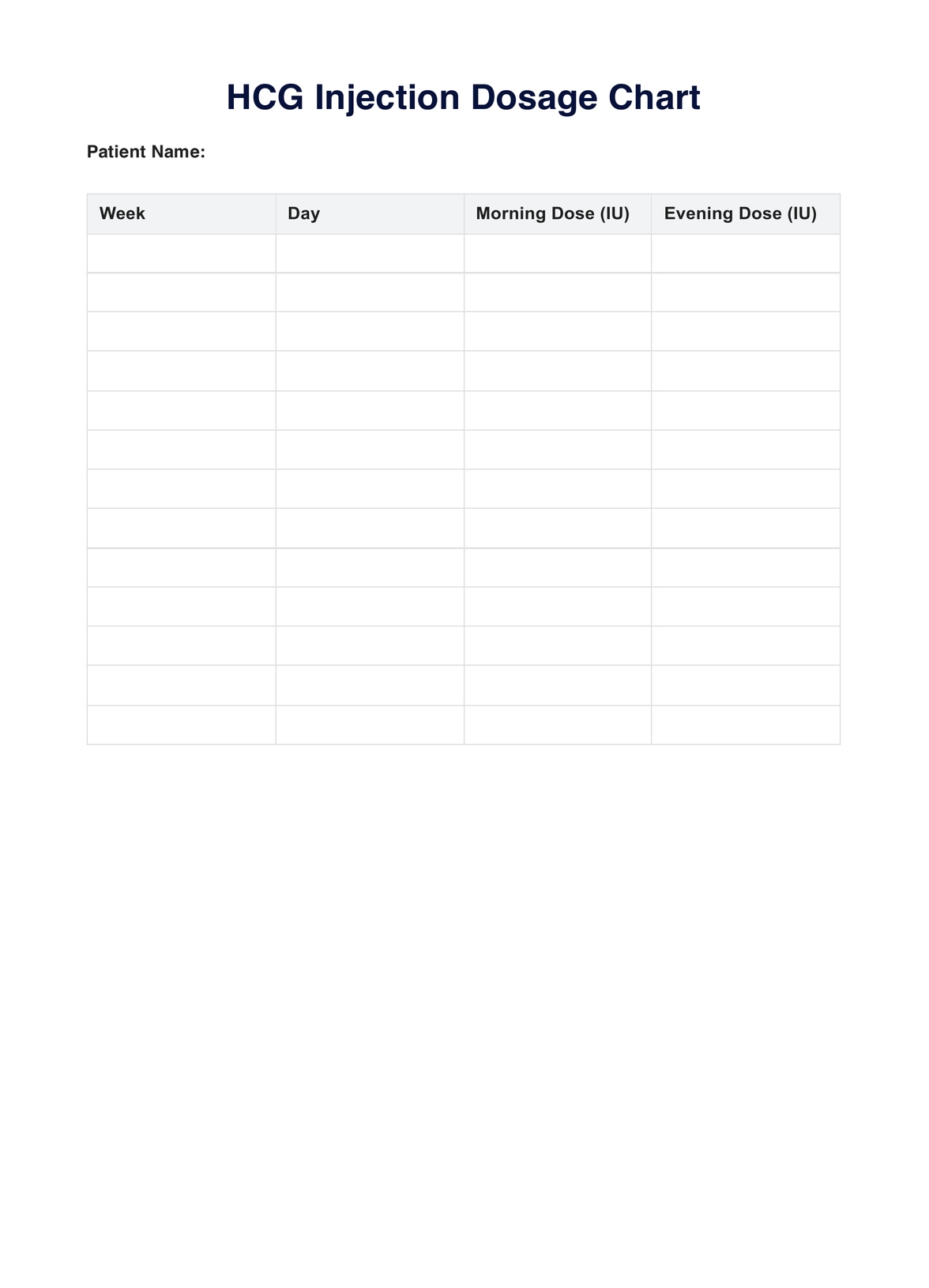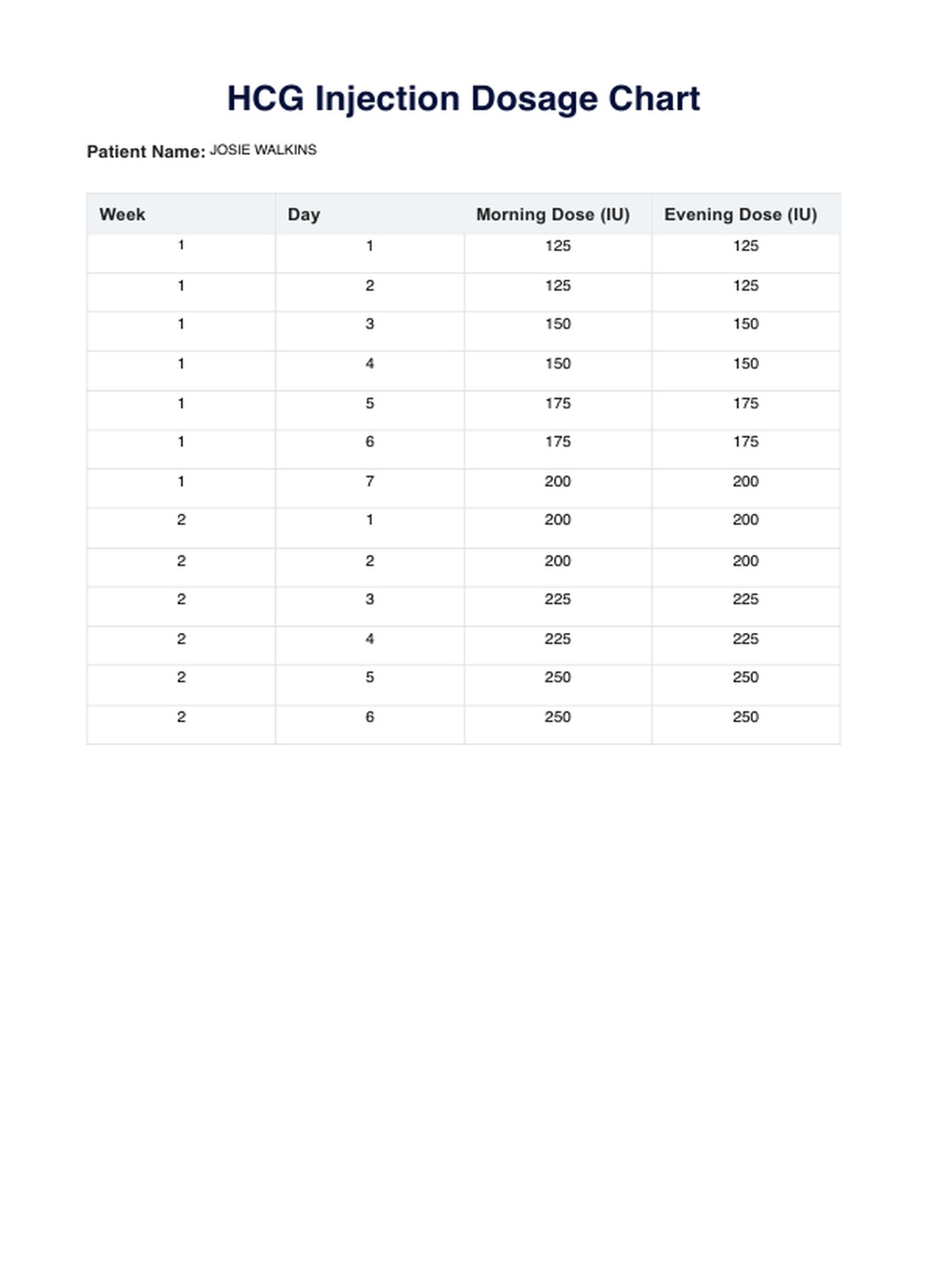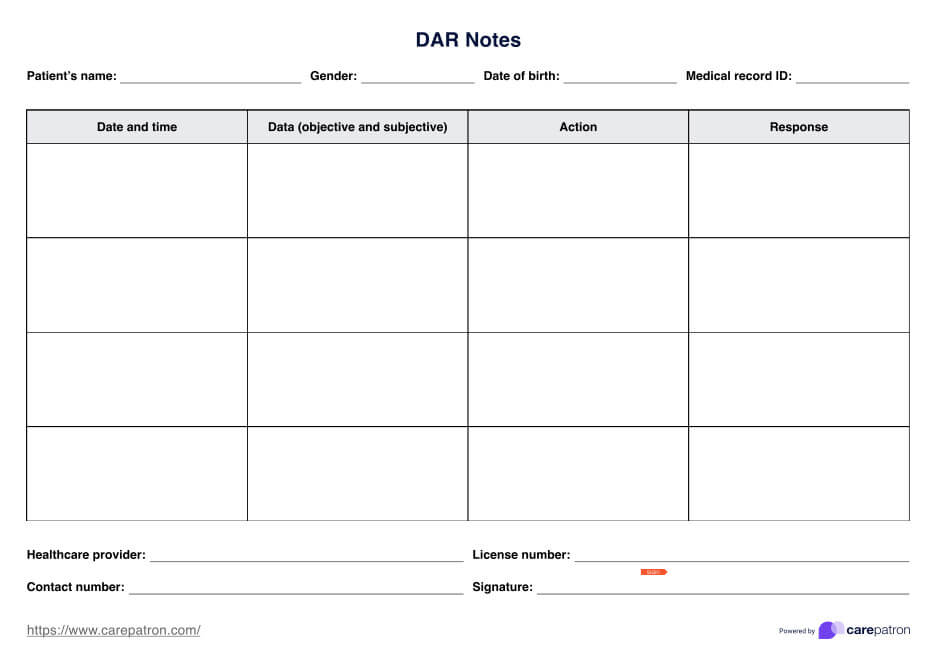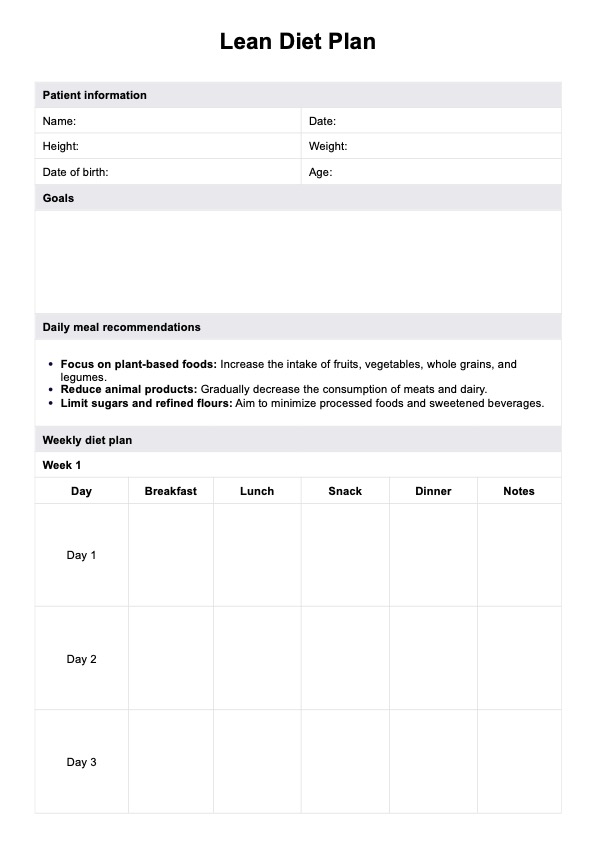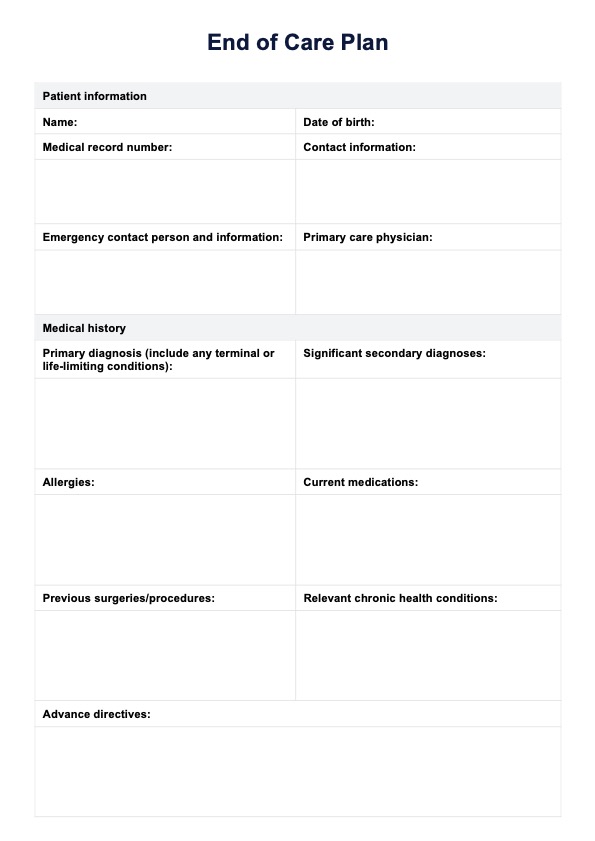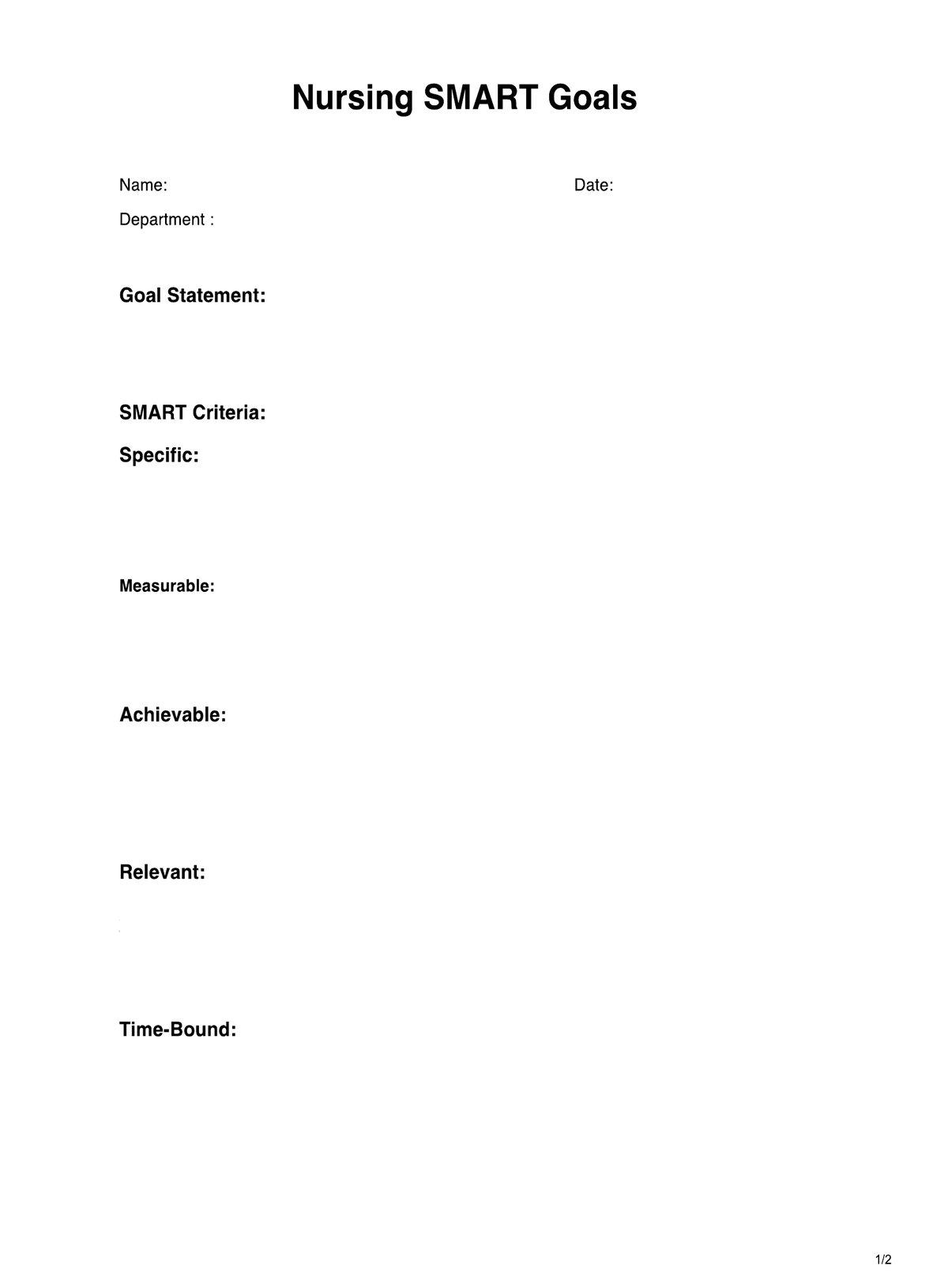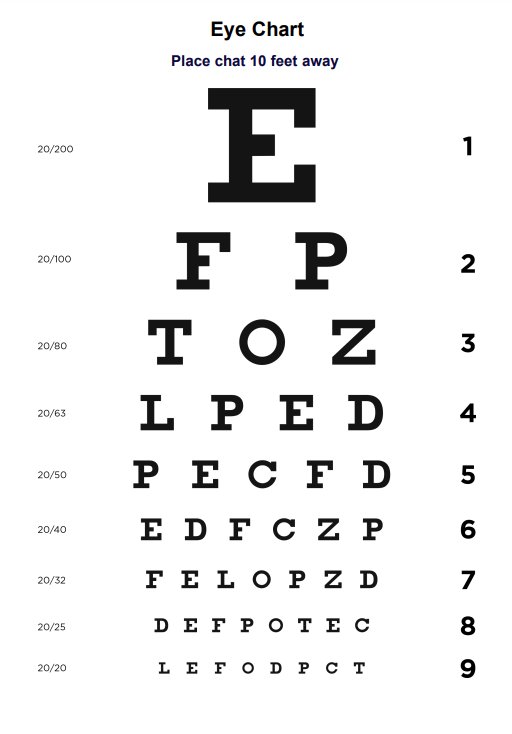HCG Injection Dosage Chart
Looking for an HCG injection dosage chart template? Download a free PDF example to help you track and administer your HCG injections accurately and safely.


What is an HCG Injection Dosage Chart Template?
An HCG (Human Chorionic Gonadotropin) injection dosage chart template is vital for individuals undergoing HCG therapy. This template visually represents recommended dosage schedules, helping users maintain precision in their hormone administration. HCG is commonly used for various medical purposes, notably in fertility treatments and weight loss programs. The dosage chart becomes indispensable in these scenarios, ensuring individuals adhere to prescribed dosages for optimal effectiveness and safety.
The template typically outlines the recommended HCG injection dosage based on factors such as the individual's health condition, treatment goals, and the specific protocol prescribed by a healthcare professional. It is structured to provide a clear timeline for injections, often organized by days or weeks, guiding users through their HCG therapy. Additionally, the chart may include relevant notes, warnings, or reminders to enhance user awareness and adherence to the prescribed regimen.
Creating a personalized HCG injection dosage chart template involves inputting specific details such as the starting date, dosage amounts, and any adjustments recommended during treatment. A well-designed and accurate dosage chart is instrumental in tracking progress, preventing dosage errors, and ensuring a seamless HCG therapy experience.
HCG Injection Dosage Chart Template
HCG Injection Dosage Chart Example
How does it work?
An HCG injection dosage chart template is a systematic guide for individuals undergoing HCG therapy. The primary purpose is to streamline the administration of HCG injections, ensuring precision and adherence to prescribed dosages. Here's a step-by-step breakdown of how to effectively use and fill an HCG injection dosage chart template:
1. Understanding the prescribed dosage
Consult your healthcare provider to determine the appropriate HCG dosage for your treatment plan. The prescribed dosage is often influenced by factors such as your health condition, treatment goals, and the type of HCG protocol.
2. Accessing a printable HCG injection dosage chart template
Seek a reliable source that offers a printable HCG injection dosage chart template. These templates are readily available online and can be downloaded or printed easily.
3. Inputting initial details
Start by entering crucial information, such as the starting date of your HCG therapy and the initial dosage prescribed by your healthcare provider.
4. Organizing dosage by days or weeks
The template typically organizes the dosage schedule chronologically by days or weeks. Follow this structure to ensure a systematic approach to your HCG injections.
5. Tracking adjustments and notations
Record any adjustments to the dosage as recommended by your healthcare provider. Use the chart to make relevant notations or observations related to your progress or any side effects experienced.
When would you use this template?
The Carepatron HCG injection dosage chart template proves invaluable for a spectrum of individuals and practitioners navigating Human Chorionic Gonadotropin (HCG) therapy. Whether you are a patient seeking a streamlined approach to self-administering HCG injections or a healthcare professional overseeing a patient's treatment plan, this resource offers substantial benefits.
For patients:
Individuals embarking on HCG therapy often grapple with the challenge of maintaining a consistent and accurate injection schedule. The Carepatron template provides a user-friendly solution, aiding patients in organizing and documenting their HCG injections with precision.
It serves as a personalized guide, ensuring adherence to prescribed dosages and offering a visual representation of the treatment journey.
For healthcare providers:
Healthcare practitioners, including physicians, nurses, and fertility specialists, can leverage the Carepatron HCG injection dosage chart template as an essential tool for patient management.
The template facilitates clear communication of prescribed dosages, allowing healthcare providers to outline treatment plans in a comprehensible and accessible format. This is especially crucial in fertility clinics, weight loss programs, and hormone therapy clinics, where precise dosage adherence is paramount.
What do the results mean?
Understanding the results obtained from an HCG injection dosage chart is crucial for individuals undergoing HCG therapy. Here's a breakdown of common results and their implications:
1. Consistent adherence to dosages
Consistently following the prescribed dosages outlined in the HCG injection dosage chart indicates a disciplined approach to therapy. It suggests that the individual will likely experience the intended benefits of HCG treatment, whether these are fertility support or weight loss.
2. Fluctuations in dosage adherence
Variations in adherence may signal challenges in the treatment journey. It's essential to assess the reasons behind these fluctuations, whether due to lifestyle changes, side effects, or other factors. Consulting with a healthcare provider is recommended to address any issues promptly.
3. Note progress or lack thereof
The HCG injection dosage chart allows for the tracking of progress over time. Positive results, such as weight loss or fertility improvements, may signify a successful therapy. Conversely, a lack of progress may prompt a review of the treatment plan and potential adjustments.
4. Monitoring for side effects
Regularly noting any side effects or unexpected reactions in the HCG injection dosage chart is crucial. This information aids healthcare providers in assessing the individual's tolerance to the treatment and making necessary modifications to ensure safety and efficacy.
Research & evidence
Human Chorionic Gonadotropin (HCG) is a hormone produced by the placenta during pregnancy. It plays a crucial role in maintaining pregnancy by stimulating the production of progesterone and estrogens. HCG has also been found to have therapeutic applications in various medical conditions, making it a valuable tool in modern medicine.
According to Olszynko-Gryn (2014), the existence of HCG was first suspected in the early 1920s by Selmar Aschheim and Bernhard Zondek, who observed enlarged ovaries in rabbits injected with urine from pregnant women.
Aschheim and Zondek developed the Aschheim-Zondek test, a biological pregnancy test based on observing ovarian enlargement in injected rabbits.
The chemical structure of HCG was isolated and characterized by several researchers in the 1930s, including Gregory Pincus, and Min-Chueh Chang. HCG became commercially available in the 1940s for pregnancy diagnosis and treatment.
Further research revealed HCG's potential in treating various conditions, including infertility, hypogonadism, and delayed puberty.
According to Nickmans et al. (2014), HCG remains the gold standard for pregnancy diagnosis through blood and urine tests. Monitoring HCG levels throughout pregnancy helps assess fetal development and identify potential complications.
HCG plays a key role in stimulating ovulation and egg release. According to Theofanakis et al. (2017), it is commonly used in fertility treatments, including In Vitro Fertilization (IVF) and Intrauterine Insemination (IUI).
Additionally, HCG plays a key role in stimulating ovulation and egg release. It is commonly used in fertility treatments, including In Vitro Fertilization (IVF) and Intrauterine Insemination (IUI).
HCG is currently being explored for its potential to treat other conditions, including cryptorchidism, testicular cancer, and muscle wasting.
Carepatron is the premier choice for managing your HCG therapy journey through its advanced HCG injection dosage chart app. As a comprehensive healthcare platform, Carepatron offers a user-friendly and feature-rich experience tailored to the needs of both patients and healthcare providers.
References
Nickmans S., Vermeersch P., Van Eldere J., Billen J. (2014). Performance of qualitative urinary hcg assays. https://pubmed.ncbi.nlm.nih.gov/24846178/#:~:text=Although%20qualitative%20urine%20hCG%20tests,for%20the%20diagnosis%20of%20pregnancy.
Olszynko-Gryn J. (2014). The demand for pregnancy testing: the ascheim-zondek reaction, diagnostic versatility, and laboratory services in 1930s britain. https://www.ncbi.nlm.nih.gov/pmc/articles/PMC4275600/
Theofanakis C., Drakakis, P., Besharat A., Loutradis D. (2017). Human chronic gonadotropin: the pregnancy hormone and more. https://www.ncbi.nlm.nih.gov/pmc/articles/PMC5454971/
Commonly asked questions
To create an HCG Injection Dosage Chart template, start by inputting crucial details such as the starting date, prescribed dosages, and any adjustments your healthcare provider recommends. Use a customizable template from Carepatron's health and wellness planner collection on their website.
HCG Injection Dosage Chart Templates are used during HCG therapy to ensure precise administration of injections. They track dosage schedules, monitor progress, and facilitate communication between patients and healthcare providers.
HCG Injection Dosage Chart Templates are used by individuals to log and organize their HCG injections systematically. Healthcare professionals use these templates to communicate treatment plans, track patient progress, and make informed decisions regarding dosage adjustments.
HCG Injection Dosage Chart Templates are typically created by healthcare professionals, including physicians, nurses, and fertility specialists, who tailor the template to an individual's treatment plan. Patients can also collaborate with their healthcare providers to customize templates for their specific needs using Carepatron's health and wellness planner templates available on their website.


